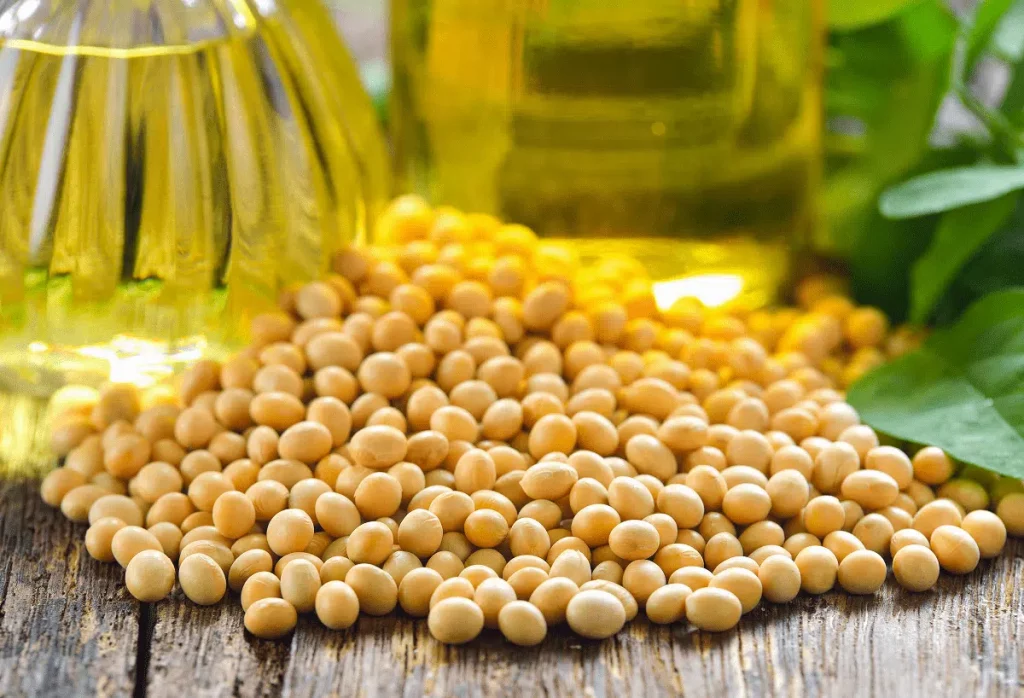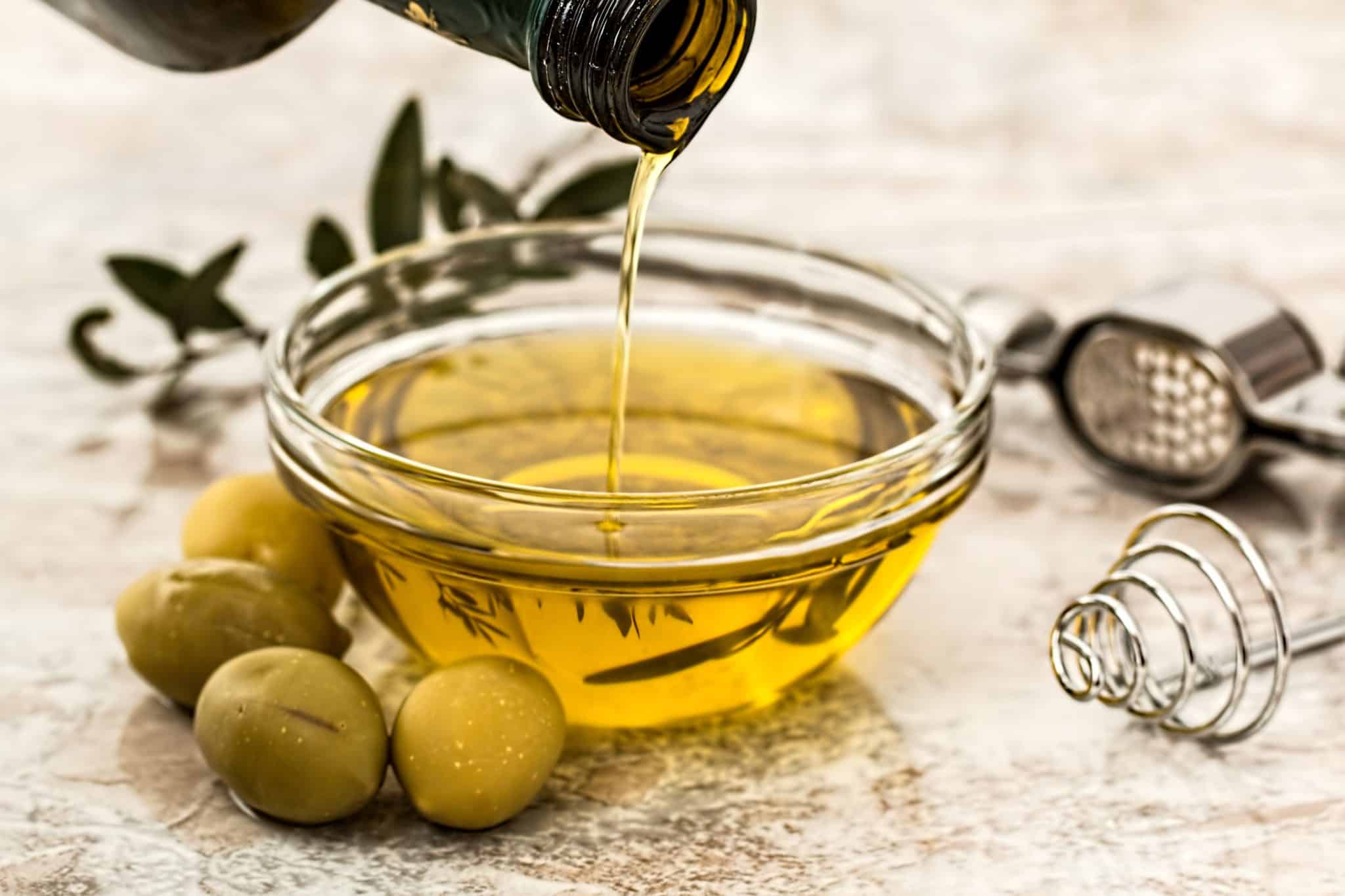As consumers become increasingly health-conscious, the shift toward better dietary choices has never been more pronounced. With 77% of Americans wanting to have a healthier diet and the global health and wellness food market expected to reach $1.6 trillion by 2030. As the results, the plant-based oils market alone is projected to grow from $31.2 billion in 2024 to $62.5 billion by 2033.
4. The Consumer Shift Toward Healthier Food Choices
Market Trends Driving Change
The movement toward healthier eating reflects several converging trends:
Health Consciousness: 68% of consumers recognize healthy eating habits as important for longevity, with post-pandemic awareness significantly accelerating this trend.
Clean Label Demands: Consumers increasingly seek products with natural ingredients and minimal processing. Nearly half of Italian consumers prioritize “natural ingredients” when food shopping.
Personalized Nutrition: The personalized nutrition market is expanding rapidly, valued at $14 billion in 2024 and projected to reach $31.7 billion by 2030, as consumers seek tailored dietary solutions.
Sustainability Focus: 33% of consumers prioritize sustainability alongside health, driving demand for environmentally responsible oil production.

Challenges Consumers Face
Despite growing interest in healthy eating, significant barriers remain:
- Cost Concerns: 60% of consumers cite cost as the top barrier to healthy eating
- Access Issues: 46% find it somewhat to very hard to obtain healthy food
- Information Confusion: Most consumers report confusion about what constitutes healthy and sustainable food choices
The Future of Healthy Fats and Oils
Innovation and Trends
Functional Oils: Manufacturers are developing oils enhanced with additional nutrients like omega-3s, antioxidants, and plant sterols.
Sustainable Production: Increasing focus on environmentally responsible farming and processing methods to meet consumer sustainability demands.
Cold-Pressed Processing: Growing preference for minimally processed oils that retain maximum nutritional value.

Market Projections
The healthy oils market shows robust growth potential:
- Plant-based oils market: Expected to reach $90.34 billion by 2032
- Cold-pressed oils segment: Experiencing particularly strong growth as consumers prioritize quality
- Omega-3 fortified products: Expanding across multiple food categories to meet consumer demand
5. Regional Market Dominance and Distribution
Asia Pacific: The Consumption Powerhouse
Asia Pacific commands the largest share of the global edible oils market at 50.0% ($122.3 billion), driven by massive population centers and diverse culinary traditions. The region’s dominance stems from:
Traditional Oil Consumption: Palm oil leads regional consumption at 75.98 million metric tons annually, with Indonesia alone consuming 15.05 million metric tons domestically. China has emerged as the world’s largest consumer, second-largest producer, and second-largest importer of edible oils, with soybean, rapeseed, palm, and peanut oils forming the consumption backbone.

Per Capita Consumption: Regional averages of 14.5 kg annually mask significant variation, with developed markets like Japan and South Korea showing higher premium oil adoption, while developing markets focus on affordable traditional oils.
Growth Trajectory: The region projects a 4.7% CAGR through 2032, reaching $175.4 billion as rising incomes drive both volume growth and premiumization trends.
North America: Premium Market Leadership
North America accounts for 22.8% ($55.8 billion) of the global market, demonstrating the highest per capita consumption at 23.8 kg annually. The region leads in several key areas:
Healthy Oil Adoption: Premium healthy oils represent 7.5% of the regional market ($4.2 billion), significantly above the global average of 7.3%. Avocado oil captures 50.9% of its global market share from North American consumers.
Traditional Oil Mix: Soybean oil dominates at 46.52% of regional consumption, followed by canola and corn oils. The U.S. specifically shows strong growth in canola oil demand driven by biofuel applications and health consciousness.
Market Evolution: The region projects 4.2% CAGR growth to $78.2 billion by 2032, driven by organic product demand, plant-based diet adoption, and industrial applications.
Europe: Quality and Tradition Balance
Europe represents 20.6% ($50.5 billion) of the global market, characterized by strong preferences for traditional Mediterranean oils and emerging premium segments.
Olive Oil Dominance: Europe produces 67% of global olive oil and accounts for 53% of world consumption. Spain, Italy, and Greece contribute 63%, 17%, and 14% respectively to regional production. Italy and Spain each consume 500,000 tonnes annually, while Greece leads per capita consumption at 12 kg yearly.
Premium Segment Growth: Healthy oils command 7.5% market share ($3.8 billion), with extra virgin olive oil holding 42.8% of its global premium market in Europe. The organic edible oil segment shows particular strength, growing at higher rates than conventional products.
Regional Projections: Europe expects 3.0% CAGR growth to $64.5 billion by 2032, the slowest among major regions but reflecting market maturity and quality focus.
Premium Healthy Oils Market Segmentation
Extra Virgin Olive Oil: The Mediterranean Standard
The $12.6 billion global extra virgin olive oil market represents the largest premium segment, with Europe commanding 42.8% market share. Mediterranean diet popularity and health research drive 3.6% annual growth, with Spain producing 1.26 million tons in improved 2024/25 seasons.
Avocado Oil: The Health Phenomenon
Avocado oil shows the most dynamic growth among premium oils, expanding from $638 million in 2024 to projected $1.13 billion by 2032 at 7.5% CAGR. North America dominates with 50.9% market share, driven by health consciousness and high-heat cooking applications.
Coconut Oil: Traditional Meets Premium
The virgin coconut oil segment represents $4.2 billion globally, with Asia Pacific holding 35.8% market share reflecting traditional usage patterns. The Philippines and Indonesia lead production, with 2.34 million tons regional volume growing at 5.0% CAGR.
Traditional Commodity Oils Distribution
Palm Oil: Global Volume Leader
Palm oil dominates global production at 80.7 million tons annually, with Indonesia (58%) and Malaysia (25%) controlling supply. Major consumption centers include Indonesia (15.05 million tons), India (8.88 million tons), and China (6.92 million tons).
Soybean Oil: Processing Industry Staple
Asia Pacific consumes 46.52% of global soybean oil, with China and India driving demand growth. North America maintains strong production capacity while exporting significant volumes to meet Asian demand.

Sunflower Oil: Dominates Eastern European markets with 28.15 million tons global consumption. Ukraine and Russia historically supplied major volumes before geopolitical disruptions.
Mustard Oil: Concentrated in South Asian markets, particularly India, Pakistan, and Bangladesh, where it serves both culinary and traditional medicine applications.
Sesame Oil: Shows 52.3% Asian market concentration, particularly in East Asian cuisines where it serves as both cooking medium and flavoring agent.
Market Value Dynamics and Pricing Structures
Premium vs. Standard Pricing
Premium healthy oils command significant price premiums over commodity alternatives:
- Avocado oil: 4-6x standard oil prices
- Walnut oil: 6-8x premium (highest)
- Extra virgin olive oil: 3-5x standard pricing
- Virgin coconut oil: 2-3x premium (most accessible)
Regional Price Variations
European markets show highest premiums for specialty oils due to quality focus and regulatory standards. Asian markets demonstrate growing willingness to pay premiums as middle-class expansion continues. North American markets balance premium adoption with value consciousness.
Future Growth Trajectories and Market Evolution
Healthy Oils Expansion
The premium healthy oils segment projects 7.3% global market share by 2032, driven by:
- Health consciousness trends expanding beyond developed markets
- Clean label demands increasing across all regions
- Functional food applications creating new usage categories
- Sustainable sourcing requirements driving premium positioning
Traditional Oils Transformation
Commodity oil markets face transformation through:
- Processing improvements enhancing nutritional profiles
- Organic certification creating premium commodity segments
- Sustainability initiatives addressing environmental concerns
- Technological advancement improving extraction and refining methods
Regional Market Convergence
Emerging markets increasingly adopt consumption patterns from developed regions, driving:
- Premiumization trends in Asia Pacific and Latin America
- Health-conscious substitution of traditional oils
- Urban vs. rural consumption gaps creating market segmentation opportunities
- E-commerce expansion improving premium oil accessibility
The global oils and fats market reflects a complex interplay of traditional preferences, health consciousness, economic development, and cultural factors. While Asia Pacific maintains volume leadership through traditional oil consumption, North America and Europe drive premium segment innovation and adoption.
6. Making Informed Choices
As consumers become more health-conscious, selecting the right oils and fats becomes increasingly important for long-term wellness. The evidence strongly supports incorporating a variety of healthy oils—particularly olive oil, avocado oil, and omega-3 rich options—while minimizing saturated and trans fats.
The shift toward healthier food choices represents more than a trend; it’s a fundamental change in how consumers approach nutrition. With 50% of consumers prioritizing healthy eating and market growth reflecting these preferences, the future of food lies in providing accessible, nutritious options that support both personal health and environmental sustainability.
By understanding the science behind healthy fats, choosing quality oils appropriate for different cooking methods, and staying informed about emerging trends, consumers can make choices that support their health goals while enjoying delicious, satisfying meals. The key lies in education, moderation, and embracing the variety of healthy options available in today’s evolving food landscape.
About us
Try it for yourself. Freshdi.com
Global Agri B2B Marketplace.


